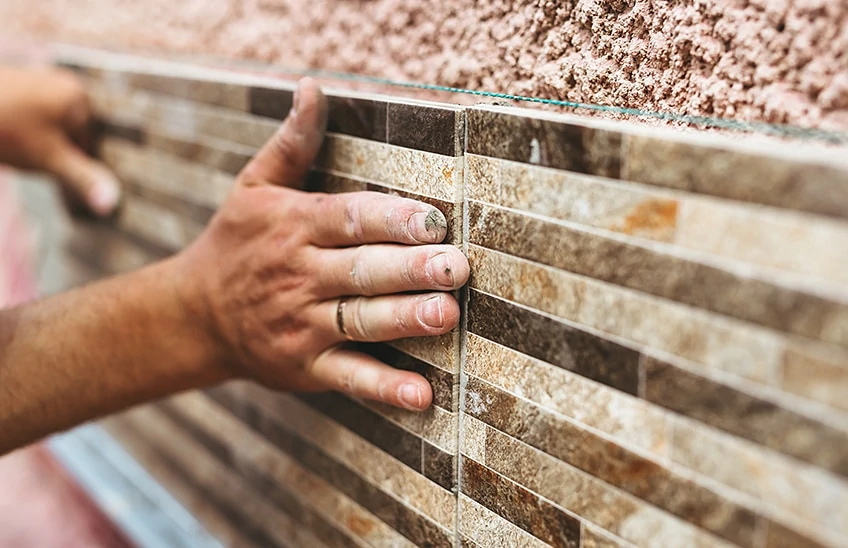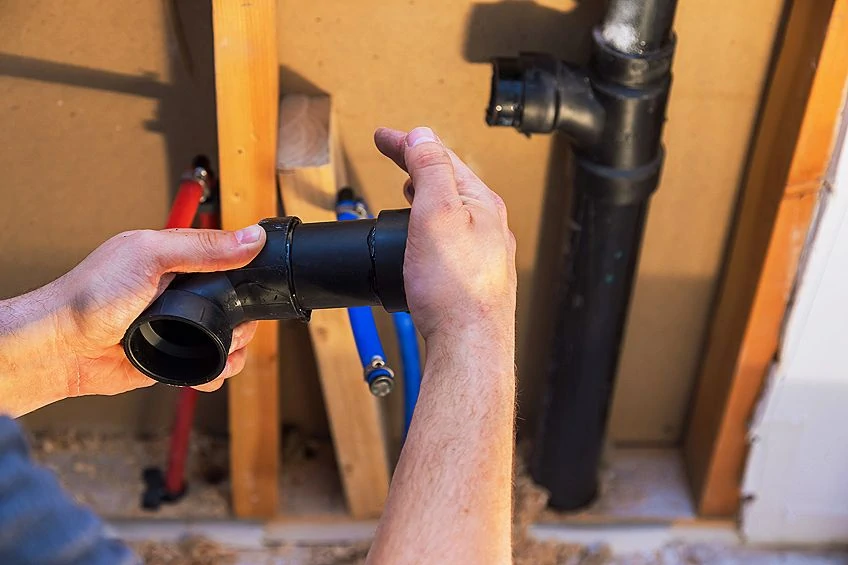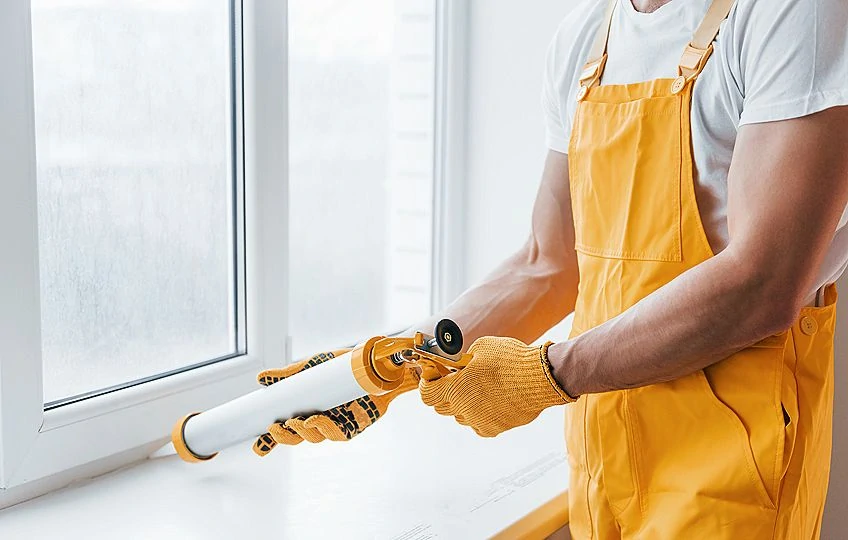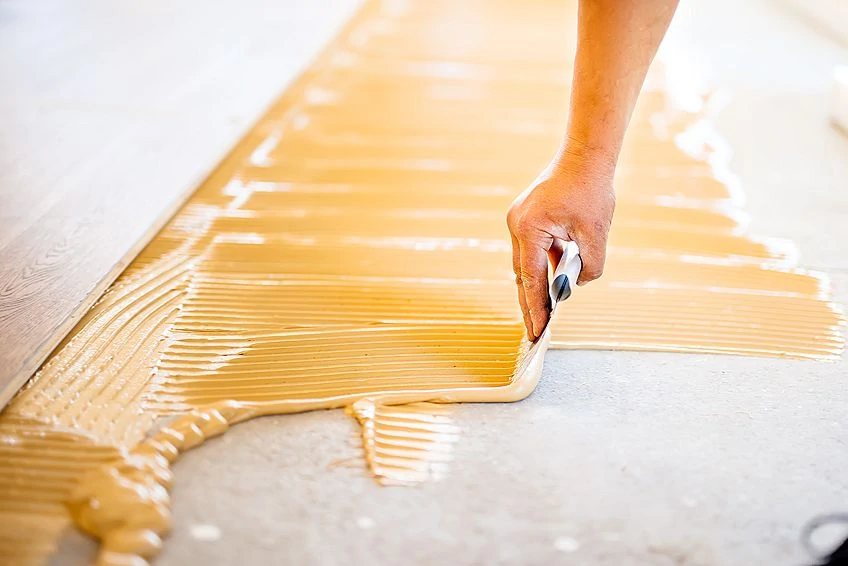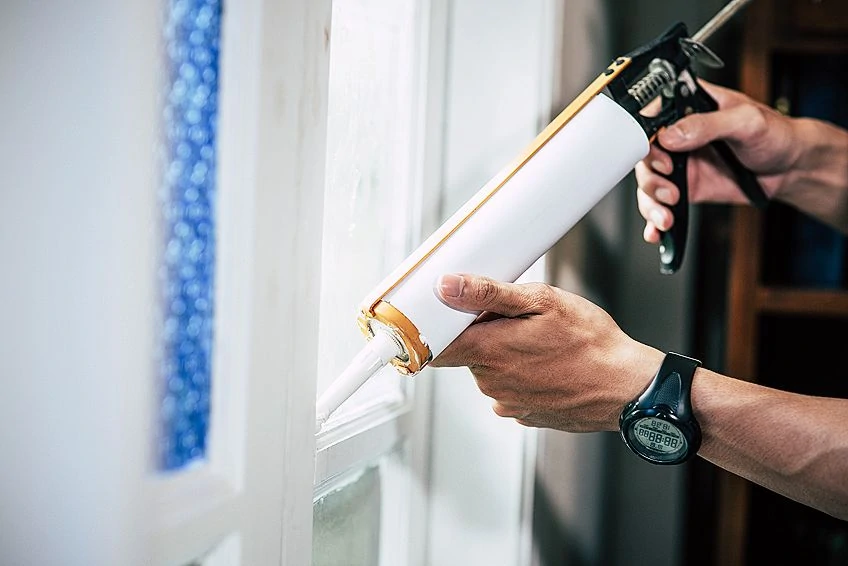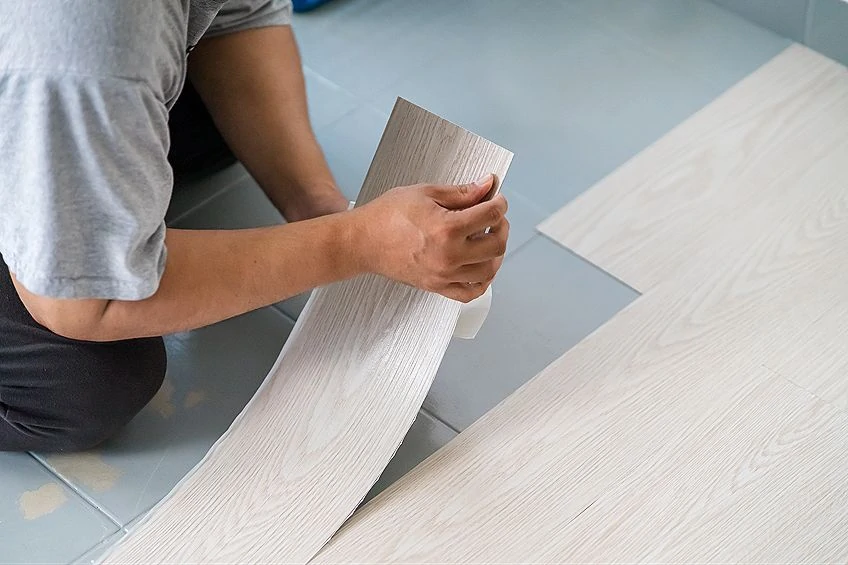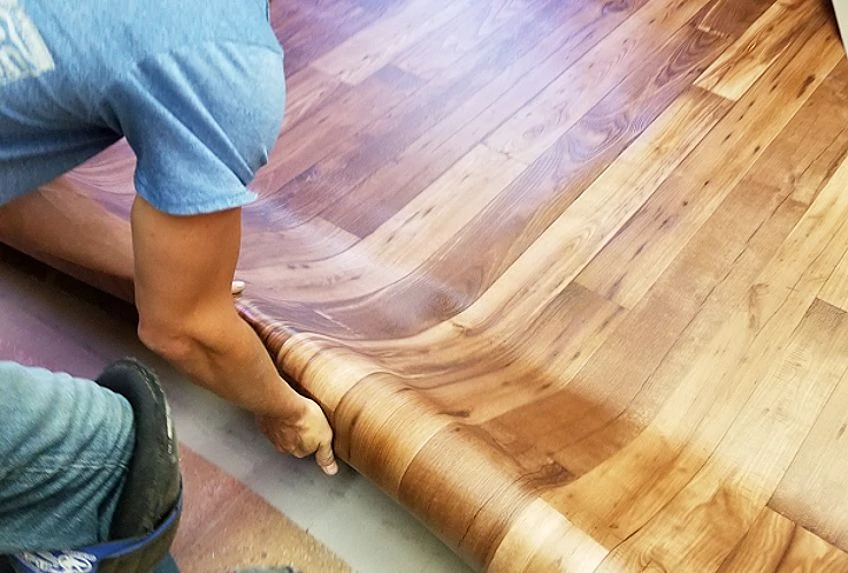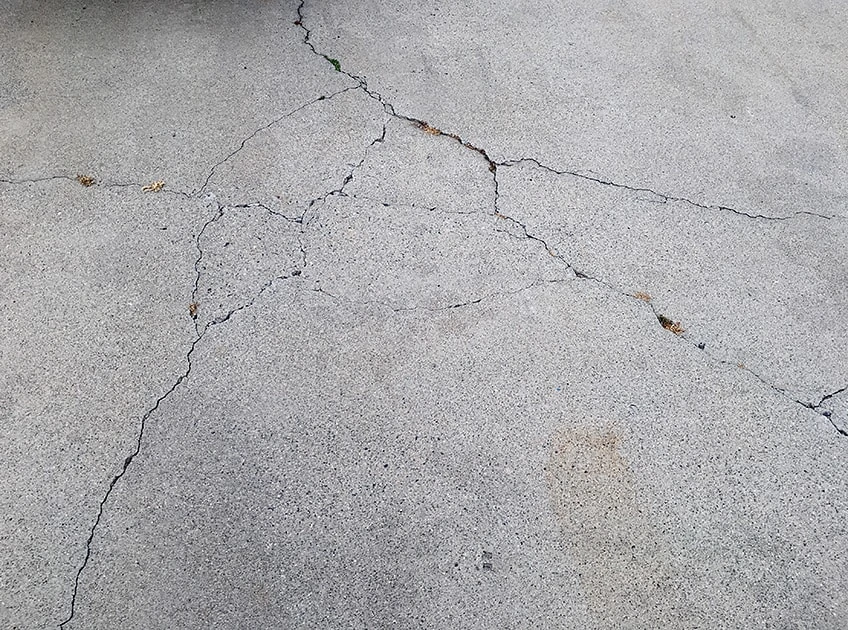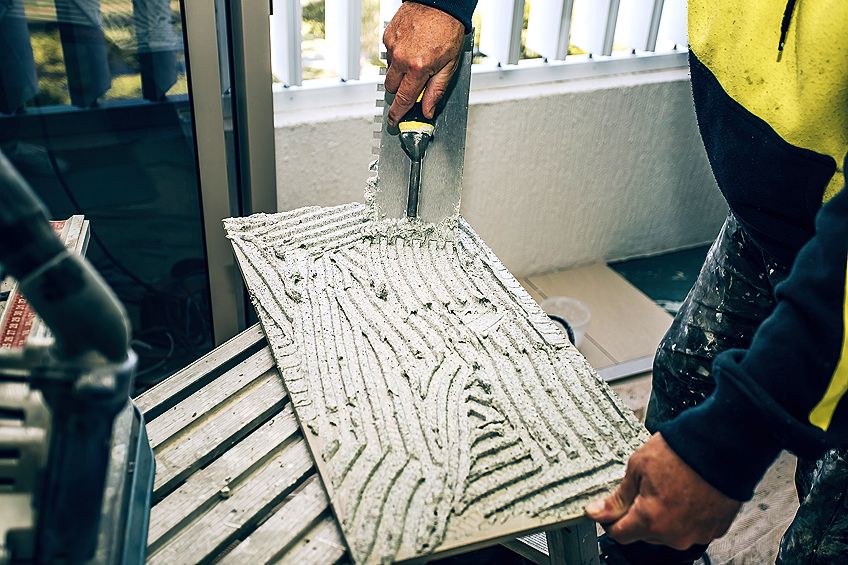Best Glue for Vinyl – Evaluating the Best Adhesives for Vinyl Surfaces
This post may contain affiliate links. We may earn a small commission from purchases made through them, at no additional cost to you. You help to support resin-expert.com
From flooring to upholstery to purses and inflatables, vinyl is everywhere. It is no wonder why. Vinyl is an extremely versatile and durable material for industrial and domestic use. As durable as it is, over time vinyl can show signs of wear and tear. This article will look at the best glues for different types of vinyl, and in doing so, narrow down your search for the best glue for vinyl.
Table of Contents
What Is Vinyl?
Polyvinyl chloride or PVC is the third most widely manufactured plastic polymer in the world. It is extremely tough and as it is chlorine-based it is also flame-retardant. Each year 40 million tons of PVC are manufactured worldwide. Vinyl does not biodegrade, so to mitigate the build-up of PVC in the natural environment we must do our best to repair or recycle vinyl items rather than just throwing them out.
The Nature of Vinyl and its Uses
Understanding the nature of vinyl and its uses can help you better decide what vinyl glue is best for your specific needs. Vinyl comes in two fundamental forms, flexible and rigid. Rigid PVC is used to make products such as bank cards, water piping, bottles, and even window frames. Plasticizers are substances that are added to PVC to make it more flexible. Flexible vinyl is used to make imitation leather upholstery, electrical cable insulation, packaging, and the like.
Piping
About half of the world’s PVC that is manufactured is used in the production of piping and because it is durable, acid-resistant, and affordable, it is used widely in the construction industry from domestic to industrial applications. PVC piping can be joined with specialized glues that are so effective that they can be watertight.
Vinyl Flooring
Vinyl flooring is a popular choice especially for areas that need to resist water and humidity such as kitchens, bathrooms, and even factories and operating theaters. Vinyl flooring comes in plank form and sheet form. Special glues are sometimes used to adhere the vinyl to the subfloor whether it is concrete or wood.
Window Frames
Because vinyl is resistant to corrosion and rot, it is becoming a favored choice for window frames and glass door frames. Vinyl window frames are usually assembled by mechanical means but repairs can be done successfully with certain glues.
Vinyl Fabric and Upholstery
Vinyl fabric is used extensively. From clothing such as imitation leather jackets, purses, and handbags as well as in the manufacture of sofas, office furniture, and inflatable mattresses. All of these items can be repaired using various glues and adhesives.
Vinyl for Graphics and Signage
Vinyl is used widely within the signage trade, from digitally printed vehicle wraps to window detailing and banners. Vinyl provides a printable surface that is affordable and easy to clean.
Vinyl signage can be assembled and also repaired with certain adhesives.
Types of Vinyl Glues
Now that you have a better understanding of what vinyl is, let us take a look at the kinds of glue that work well in gluing vinyl. When it comes to gluing vinyl you need to be aware that some adhesives allow for flex and others do not. As mentioned above vinyl comes in two forms, rigid and flexible. Be sure to use flexible glue with flexible vinyl and rigid glue with rigid vinyl. This will prevent adhesive failure.
Cyanoacrylates
Better known as super glue, cyanoacrylates work best when it comes to gluing vinyl. Cyanoacrylates cure rapidly and work by absorbing moisture from the air. As super glue draws the moisture in it creates a mesh-like structure that forms an extremely strong bond. Cyanoacrylates are found in most hardware stores and are generally referred to as super glue.
Epoxies
Epoxies usually require the mixing of two substances. Once these two substances are mixed they form an extremely tough bond. Epoxies work well with more rigid vinyl and are not advised for use with more flexible vinyl. Some epoxies come in the form of a putty that can bond as well as fill gaps in rigid vinyl.
Polyurethane
Polyurethane glues come in many forms and are very versatile. Polyurethane glue is ideal for gluing thinner flexible vinyl together as well as gluing vinyl to other surfaces like wood or plastic. When using these types of glues it is wise to prepare the surfaces with abrasion. Sandpaper works well in creating a surface texture that the glue will bite into. This increases the bond between the two materials.
Silicone
Silicone is an option for gluing vinyl although it is not advised for use on soft and flexible vinyl as it does not provide sufficient hold. However, it can work well with rigid vinyl. Be sure to use 100% silicon and that the surfaces you are gluing are clean, this will ensure better adhesion.
Silicon is ideal for sealing off edges of vinyl flooring.
Best Glues for Vinyl
With the endless number of glues on the market, it may be difficult to know which one will work on vinyl. Not all glues will work on vinyl. Some glues may work for a time but will eventually fail. Read on to learn more about our top picks.
This section should narrow down your search and help you decide what glue is best for your pocket and your specific needs.
Best Glue for Patching and Sealing Vinyl: RH Adhesives PVC Vinyl Cement
RH Adhesives’ is a trusted brand and their PVC Vinyl Cement is a best seller and it is no wonder why. This flexible vinyl cement is super-strong and ideal for patching and mending flexible vinyl items such as inflatables and vinyl upholstery. It is weather-resistant, impervious to high temperatures. This vinyl adhesive is a great all-purpose glue for repair jobs and is easily applied with a brush.
- Bonds vinyl coated and vinyl laminated fabrics effectively
- Highly resistant to temperature and weather extremes
- Excellent for patching and sealing vinyl surfaces
PROS
- Easy to use
- Includes brush applicator
- Value for money
- Effective
- Waterproof
- Available different quantities
- Quick-drying
- Versatile
CONS
- Flammable
- Emits noxious vapors
Best Glue for Rigid Vinyl: J-B Weld’s Plastic Weld Repair Epoxy Putty
If you are looking for an extremely strong glue for fixing rigid vinyl such as a car bumper or water piping, J-B’s Plastic Weld Epoxy Putty is a great choice. Unlike other adhesives, epoxy putty can fill gaps and holes which can help you to rebuild damaged areas of rigid vinyl. J-B Weld’s Plastic Epoxy putty is an industrial-strength adhesive available to the DIY market. It is easy to use and has a tensile strength of 600 PSI.
- J-B Weld is formulated to repair and rebuild plastic compounds
- It takes 25 minutes to set and cures in 3 hours on all surfaces
- PlasticWeld can withstand continuous temperatures
PROS
- Extremely strong
- Sets in 20-25 minutes
- Ideal for rigid vinyl
- Resists temperatures up to 250 °F
- Can be shaped drilled and cut
- Diy Friendly
CONS
- Expensive
- Not ideal for flexible vinyl
Best Glue for Vinyl Flooring: Henry Flooring Adhesive
Henry Flooring Adhesive is specifically designed for gluing down flooring and works extremely well when gluing down vinyl flooring. Henry Floor Adhesive is ideal for both tile and plank vinyl flooring as well as vinyl sheet flooring. It is great for both professional installations and DIY use. Henry Floor Adhesive has great moisture resistance as well as resistance to freezing and thawing. This non-flammable adhesive is not only low odor but contains no petrochemical products or ammonia.
- Henry Flooring Adhesive is designed for gluing down vinyl flooring
- Ideal for both tile and plank vinyl flooring as well as vinyl sheet flooring
- It is great for both professional installations and DIY use
PROS
- Affordable
- Ideal for large areas
- Resists moisture
- Low odor
- DIY friendly
CONS
- Not ideal for small repairs
- For flooring only
Best Glue for Repairing Vinyl Tiles: Henry Vinyl Tile Repair Adhesive
As the name suggests, Henry Vinyl Tile Repair adhesive is specifically designed for repairing vinyl tiles. It works just as well on vinyl planks for panels and comes in a convenient squeeze bottle which makes it easy to apply. After gluing your surface will be ready for traffic in less than an hour.
- Adhesive specially designed for repairing and gluing vinyl flooring
- Suitable for the adhesion of vinyl plank, sheeting, or tile flooring
- The adhesive is resistant to water, freezing, and is non-flammable
PROS
- Convenient
- Ideal for repairs
- No applicator required
- Premixed
- Easy to use
CONS
- Not ideal for large areas
- Not versatile
How to Glue Vinyl Plank Flooring
Vinyl plank flooring is becoming extremely popular because of its durability and its ability to resist the adverse effects of humidity and moisture. Vinyl plank flooring stands up well in high traffic areas and comes in an array of colors and textures. Some vinyl plank flooring needs to be glued down, this is an easy DIY task for someone who is experienced in DIY, but if you are unsure it is best to call a professional. What follows is an overview of how to glue down vinyl plank flooring.
Supplies Needed
- Vinyl flooring planks
- Adhesive
- Filler compound
- Level
- Vacuum cleaner
- Utility knife
- Ruler
- Jigsaw or fine tooth saw
- Applicator (As per the adhesive manufacturer’s instructions)
Subfloor Considerations
There are a few things to consider before you begin gluing down vinyl flooring. It is possible to glue down vinyl flooring over existing flooring. However, it is not wise to glue down vinyl over carpeting, cork flooring, or floating floor systems. It is best to consult the manufacturer’s instructions before gluing down the vinyl planks.
It is important to note that wooden floors that are very porous will need a primer to strengthen the bond between the wood and the vinyl. Moisture testing is advised if you are gluing down the vinyl to the concrete subfloor. Applying a moisture barrier to the concrete before gluing the vinyl will prevent existing moisture from affecting the adhesion.
Preparing the Room
Begin by removing all furniture from the room and other obstructions from the room. Removing the baseboards and door jams is also advised. You will be able to reinstall the baseboards once the vinyl floor has been glued down. Make sure there is enough clearance for the door by laying a vinyl plank down and swinging the door over it.
If the door catches on the vinyl plank you may have to shave off a bit of the door to allow clearance.
Subfloor Preparation
The subfloor has to be flat and consistent even before gluing down the vinyl. If you have removed a carpet be sure to remove all residual glue as well as any dirt or staples that may have been left behind. Using a vacuum cleaner is an ideal way to remove any dust and other particles from your subfloor. You may need to use a filling compound if there are any large cracks or holes in your subfloor. Use a spirit level to locate any imperfections on the surface.
Concrete can contain moisture which can inhibit the proper adhesion of the vinyl to the subfloor. You could buy a moisture test kit to test the moisture content, alternatively, you can glue down a vinyl plank and leave it for about 3 days and then try and lift it off the subfloor. If it comes off easily there the moisture content is too high to continue with gluing down the vinyl planks. You may have to apply a moisture barrier or contact a professional before you can proceed.
Preparing the Vinyl Planks
It is important to allow the vinyl planks to acclimate to the room in which they are to be installed. Removing them from the box and leaving them in the room for a few days should do the trick. Unlike tiles, vinyl planks are easy to cut. Use a strong utility knife and a steel ruler to cut the vinyl planks to size. You should be able to just score the plank and snap it with your hands. A jigsaw or a fine tooth saw will come in handy when it comes to cutting irregular profiles such as nooks and corners.
Always remember the sage advice – measure twice and cut once.
Gluing Down Vinyl Planks
It is best to follow the manufacturer’s instructions for your chosen adhesive. Liquid glue will require you to apply the glue to the subfloor, working your way from one end of the room to the other, laying and pressing down the vinyl floor planks as you go. When applying the adhesive be sure not to neglect any corner areas or nooks. It is best not to allow the glue to sit too long after applying it to the subfloor. Lay down the vinyl plank as soon as you can. Keeping a bucket of warm water handy can help you to address unwanted glue spills before they cure.
Some adhesives may require you to apply the adhesive with a notched trowel and others may require a roller. Certain adhesives might require you to glue both the subfloor and the vinyl plank and allow it to dry before sticking them together. For this reason, it is recommended that you always follow the manufacturer’s instructions.
Conclusion
Once you have successfully glued down your vinyl floor and the glue has dried it is time it reinstalls the baseboards, door jambs, and doors. Wait at least 24 hours before you walk on your newly installed vinyl floor. Glue-down flooring is a permanent option and should only be attempted if you have some DIY experience.
Other methods do not require gluing like floating tongue and groove flooring, which is far easier to install yourself. This type of flooring is also ideal if you do not want a permanent option that is easy to maintain.
Tips and Tricks for Glueing Vinyl
Gluing vinyl surfaces is very easy to do yourself, but if this is your first time, you may need some extra tips and tricks to make your life a little easier. Here are our top tips to help you glue your vinyl floors.
- Surface preparation is important for the proper adhesion of vinyl. Make sure the surfaces are clean and free from grease or loose dirt. Roughen up the two surfaces with sandpaper or a rasp will create a surface that is ideal for the glue to stick to.
- Always consider the type of vinyl you are working with before purchasing glue. If the vinyl is flexible you will need a flexible adhesive and if it is rigid you will need a rigid adhesive.
- Assessing the size of the surface area you are wanting to glue will help you to avoid purchasing too much or too little adhesive.
- Storing adhesive in the refrigerator is a great way to prolong its life. However, be sure it is labeled correctly and out of reach from children. Before using it, let it return to room temperature again.
- After using an adhesive from a tube, clean the nozzle thoroughly. This will prevent clogging and ensure a free flow of glue when next you need to use it.
- Always keep adhesives in the container they came in. Transferring the glue into another container could cause premature drying.
- When gluing down vinyl tile, planks, or sheets, be sure to hold on to scraps. Do not toss them out. They can come in handy years later when repairs become necessary.
- Some subfloors may require an underlayment to ensure a flat and even surface on which to glue down the vinyl.
Because vinyl is such a versatile material, the type of glue you choose to buy will depend entirely on the vinyl surface. We have offered a range of top glues for different vinyl projects, and if you follow our easy-to-digest advice, you will have beautifully glued vinyl surfaces in no time at all!
View our Glue For Vinyl web story here.
Frequently Asked Questions
Can I use Rubber Cement on Vinyl?
Rubber cement is made from rubber or synthetic rubber that has been dissolved in a solvent. It is not recommended that you use rubber cement on vinyl as the solvent can react with the vinyl and can cause the bond to fail over a short time.
Can I Use PVC Weld on Vinyl?
PVC glue is specifically designed to glue vinyl onto vinyl. It contains a vinyl softening solvent that creates a very strong bond and is generally used to glue rigid PVC pipe and other fittings together. It is not suitable for softer more flexible PVC and vinyl.
Can I use Gorilla Glue on Vinyl?
Gorilla glue is a trusted brand and works on many different types of plastic but their regular polyurethane glue is not recommended for use on vinyl or polypropylene. It is best to opt for one of their more specialized products like their PVC weld.
Can I use Superglue to Glue Vinyl?
Being a cyanoacrylate, super is ideal for gluing vinyl. Drawing moisture from the air to cure, it creates a mesh-like structure that is extremely strong. However, be sure to note these types of glues usually come in small quantities so they are not ideal for large repairs.
Can I use Hot Acrylic Glue on Vinyl?
Hot glue is a popular craft glue as it is very strong and works on lots of different materials including vinyl. It can be used to repair vinyl sheet flooring as well as flexible vinyl fabric. It may not be ideal to use hot glue on rigid vinyl-like PVC pipes or fittings.
Do I have to Glue down Vinyl Flooring?
Some vinyl flooring does not require you to glue it down such as tongue and groove vinyl plank flooring as well as loose-lay sheet vinyl. These types of flooring are ideal when your subfloor is compromised and will not take well to adhesives. These types of flooring are also a less permanent option than glue-down vinyl flooring.
How to Seal Edge of Vinyl Flooring?
You can seal the edges of a vinyl floor using silicone in a caulk gun. Be sure to mask with painter’s tape to avoid making a mess before applying a consistent line of silicone along the edge. Use a putty knife to remove excess silicone.


